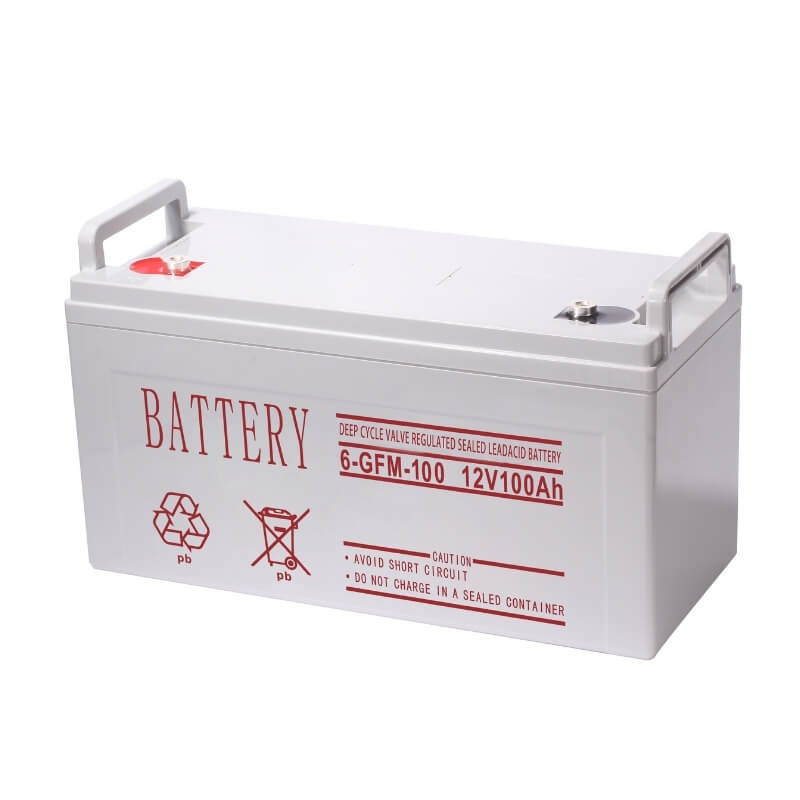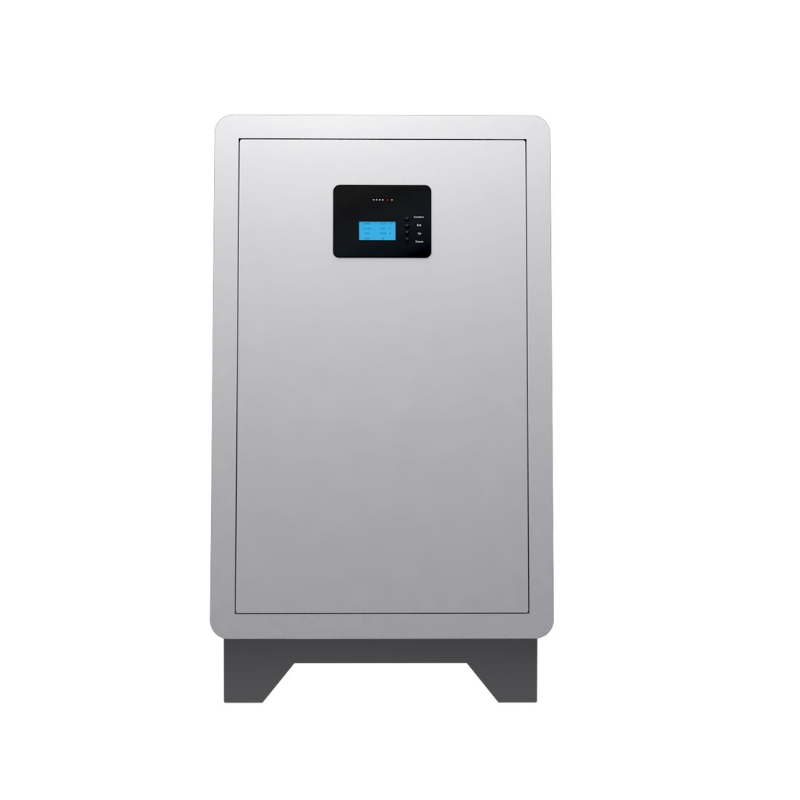Off-Grid Solar System
An off-grid solar storage system consists of the following main components:
• Solar panels - Converts sunlight into DC electricity to charge the battery storage system. Multiple panels rated from 100W to 550W each are wired in series and parallel to generate the required system voltage and power.
• Solar charge controller - Manages the current from the solar panels to properly and efficiently charge the battery bank. It prevents overcharging and over-discharging of the batteries to maximize their lifespan. • Solar inverter - Inverts the DC power from the battery storage into AC power for home and commercial use. It will be sized according to the expected load, from 5kW for off-grid homes up to 200KW for businesses/industrial.
• PV combiner box - Safely combines the DC power from multiple solar panels into one feed to the charge controller. It contains overcurrent protection like circuit breakers or fuses for each panel.
• Battery storage - Rechargeable deep-cycle lead-acid, or OPZV or LiFePo4 battery bank stores energy from the solar panels and powers the system when solar is not available.
• Safety equipment - Includes a DC disconnect switch, lightning and surge protectors, voltage meters, wire insulation, and proper grounding equipment. Essential for safe and code-compliant operation. An off-grid solar storage system provides a self-sufficient power solution for any location or application where utility power is unavailable. By incorporating battery storage, power is available day or night regardless of weather conditions. For most residential and commercial needs, an off-grid solar storage system can provide lower long-term costs than a diesel generator. They provide clean, quiet and sustainable energy from the sun. The key components of any off-grid solar plus battery system work together to harvest and store solar energy for maximum reliability and power independence. Each part must be properly sized, rated, and assembled for safe and optimal operation.




